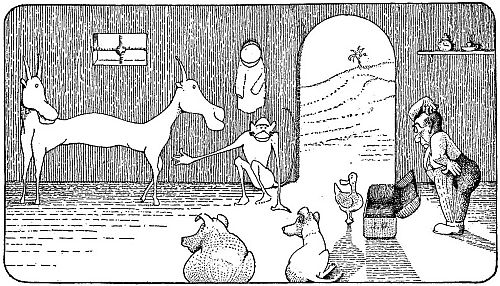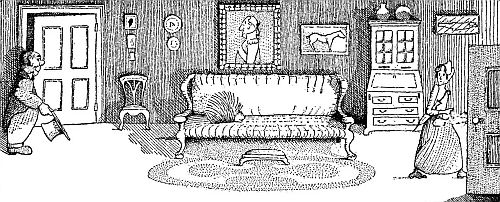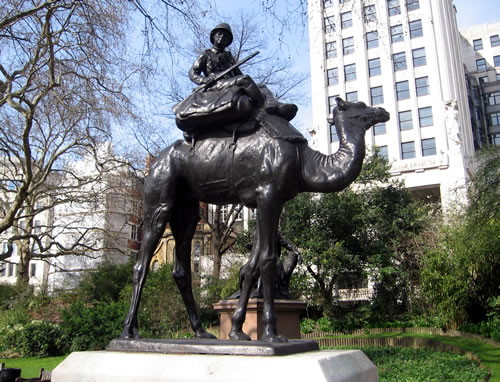 |
| Horace Nicholls. Girl Guides Practicing Semaphore Signaling, ca. 1914-18.© IWM, Item Q30965 |
I ran across this photograph of young women practicing semaphore signaling in a random search of the IWM's collections database. The two Girl Guides (whose scouting organization had been founded in 1910 by Robert Baden-Powell) seem quite serious about their enterprise, and for good reason.
 |
| British semaphore signal flags, undated. © IWM, Item FLA 849 |
Semaphore signaling was an important method of communication. A simple way of transmitting information at a distance, it originated in the late eighteenth century and came to have many uses. For instance, railroads were known to use semaphore signaling to control train traffic and ensure safety. The essential component of the system is the use of movable arms (above demonstrated quite literally) to hoist signal flags. According to a 1918 encyclopedia entry on signaling, the British Navy used a system of seven positions. An entire alphabet could be signaled depending on the positioning of the flags. The system is still used today, though much more rarely than it once was.
.jpg/444px-Semaphore_alphabet_(Signalling,_1918).jpg) |
| Semaphore Alphabet, from Capt. E.J. Solano's book, Signalling, 1918. |
 |
| Women practicing semaphore signaling at a summer camp, Hertsfordshire, 1916. © IWM, Item Q 108031 |
Women young and older clearly took an interest in semaphore signaling on the Great War homefront, as the two fascinating photos from the IWM's collection show us. Signaling officers on the battlefields, like the young man who once owned the set of instructional cards below, used semaphore signals to communicate important information during combat.
 |
| "Semaphore Signaling in a Week" instructional card set, ca. 1916. © IWM, Item EPH 2507 |
A British Pathe film from the war era shows multiple women demonstrating semaphore flag signaling at an unknown location. Such evidence suggests that women's war efforts included the learning of the semaphore system as a way of mobilizing the homefront, of being prepared for emergency communications, should other, more technologically dependent, methods become unavailable.
Fascinatingly, an anti-war symbol that we all recognize is based on semaphore signals. As an informative BBC News article details, the peace sign was developed by Gerald Holtom, a conscientious objector during World War Two. His symbol debuted in the 1950s at a British protest demanding nuclear disarmament. The semaphore signals for "N" and "D," when combined, create the iconic image:
 |
| "Decoding the Logo," BBC News Magazine. |
The artifacts we have here show us that semaphore signals were an essential part of information transmission on the battlefield and a part of women's homefront service during the Great War. The semaphore system, with its instructional silhouetted figures gripping flags or photographs of eager young people practicing with arms held aloft, is one example of communication, already heavily electronically mediated by the time of the war, remaining human--conveying important military messages, homefront anxieties, and, eventually, hopes for a more peaceful world.
© Fiona Robinson







